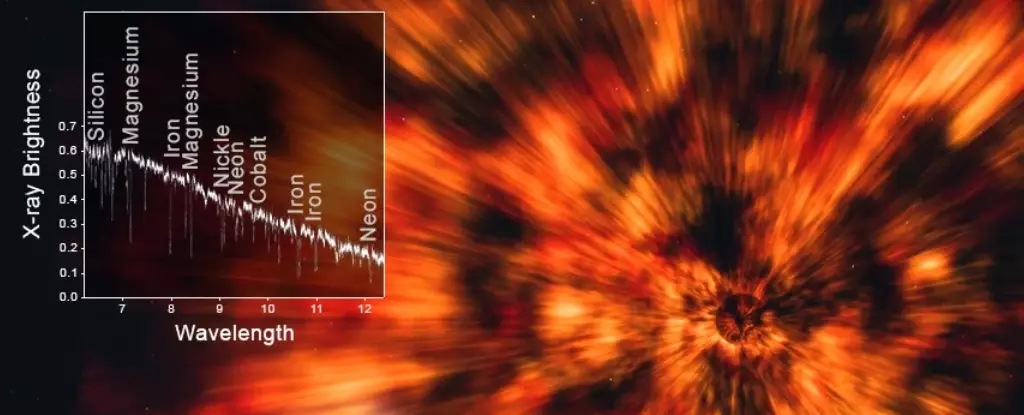The fascination surrounding black holes often breeds misconceptions, particularly the idea that they obliterate not only matter but also the knowledge of that matter’s existence. In reality, the loss of informational history is nuanced; it primarily occurs when matter crosses the infamous event horizon. Intriguingly, the material surrounding a black hole retains a narrative—essentially, the remnants of stellar evolution are not erased but preserved in a cosmic ledger. This preservation offers a glimpse into the life cycles of stars and, subsequently, the formation of black holes, enriching our understanding of the universe’s dynamics.
Unearthing Stellar Origins
At the heart of recent discoveries lies the binary system known as GRO J1655-40, an intriguing celestial duo composed of a black hole, roughly seven times the mass of our Sun, and a companion star exceeding three solar masses. The backstory of this cosmic pair is riveting; it’s believed that the pair originated from two stars, one of which underwent a supernova explosion, transitioning into the black hole we observe today. The surviving star alongside the remnants of this stellar explosion creates a narrative fraught with evolutionary significance.
The Chandra Spacecraft’s Marvelous Insights
To peel back the layers of this celestial narrative, astronomers meticulously analyzed data collected by NASA’s Chandra X-ray Observatory in 2005, at a time when GRO J1655-40 was shining brilliantly in the X-ray spectrum. The beauty of this mission lies in its ability to capture spectral data—this valuable information enables researchers to identify and quantify the presence of elemental constituents in the system. In this case, an impressive inventory revealed 18 distinct elements—each one a critical clue in the ongoing study of stellar evolution and dynamics.
Astronomical Archeology: Building the Stellar Biography
This analysis transcends the mere cataloging of elements; it embodies what could be referred to as “astronomical archaeology.” Understanding which elements are present and their respective abundances provides profound insight into the progenitor star’s identity. The researchers discovered that the black hole’s progenitor had a mass equivalent to about 25 Suns, a giant among its peers. This revelation is pivotal, illustrating that significant portions of the initial star were expelled into interstellar space, whether through explosive supernova mechanisms or via stellar winds, drawing a vital link between stellar life cycles and black hole formation.
The Larger Implications
This method of reconstruction offers a wealth of knowledge that extends beyond GRO J1655-40, paving the way for future investigations into the lives of binary stars. Each celestial system is a unique story, a page in a galactic history that informs us about the life cycles of massive stars and their eventual fates as black holes or neutron stars. As astronomers refine their techniques and models, the mysteries of dying stars become clearer, propelling us towards a deeper understanding of our universe. Understanding these cosmic processes not only quenches our thirst for knowledge but also enriches our perception of the cosmos and humanity’s place within it.


Leave a Reply